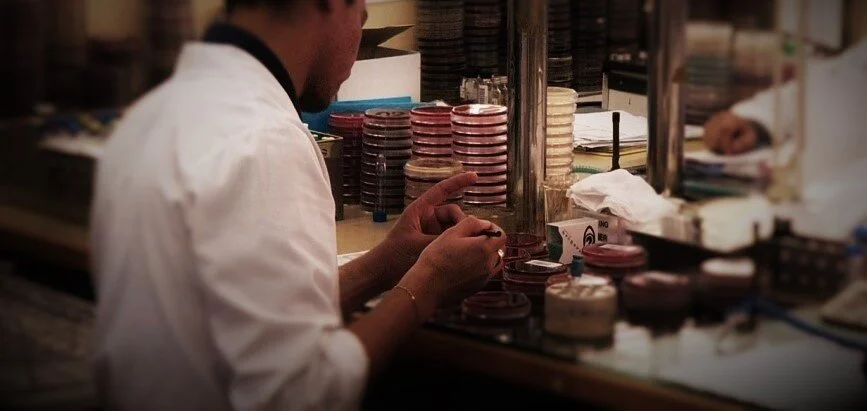
TECHNOLOGY
What Hardware and Database Software do I need to run Disalab?
Workstations
DisaLab runs on any Windows Desktop, Laptop or Tablet. Your local computer supplier can advise on what's available. Note that your laboratory doesn't need high-end computers - most entry-level systems will work. However, if using an older computer, make sure that it has 2GB of RAM (4-8 GB is recommended). Apps for the Apple Mac, iPad and Android tablets are in the pipeline!
Analyser interfaces
DisaInterface runs on any Windows desktop. One dedicated Windows workstation can connect up to four laboratory analysers/automation systems. Newer analysers connect directly to your network via TCP/IP. Traditionally analysers required RS232-C connections where cables must be less than 15 Meters (50 feet). A four-port serial card or four USB serial converters are required. NB: refer to your analyser interface manual for cable specifications, as requirements differ per manufacturer. Analysers that require file transfer also need to be connected to your network. We recommend that you locate the DisaInterface workstation in the same room as the analyser in order to easily monitor communications.
Database servers
The Database server holds all of the laboratory data. MS-SQL, MySQL and Oracle databases are supported. For small laboratories, the free Express version of MS-SQL can be used. If a small laboratory has five or fewer workstations, one of the workstations can double up as a database server. For large and multi-site laboratories, a dedicated database server is required.
Result servers
Small laboratories typically print, fax, and e-mail reports as they sign them out. Larger labs may choose to use the database server as a results server or to use a dedicated workstation to handle the load. The HL7 interfaces can be hosted on the database server or the results server. If the laboratory plans to make lab results available on the web, it can also use a dedicated workstation as a web server. Large sites, if they serve thousands of clients, may want multiple web servers. In this case, we recommend rack-mounted "blade servers". Web-server software e.g. IIS or Apache are supported but not required.
Central Data Repositories
If implementing a multi-site system, we recommend a Central Data Repository as well. This is typically a large server, but a quad-core desktop can also be used. For MS-SQL, the full version is required. DisaLab continuously updates the repository from each lab site. So the repository serves as both the single source of access to laboratory data as well as the backup and disaster recovery site. The data repository provides epidemiology, management-information/business intelligence and statistical analyses using tools such as Impromptu or Crystal Reports. It also provides the web portal for patient reports using WWDisa and for centralised billing using DisaBAR.
Network
Within the laboratory, either wired or wireless networks (or a combination of both) can connect workstations to the server(s). Connections to other laboratories and to the Central Data Repository can be via the Internet or a virtual private network (VPN). Your local network supplier can advise on the best options.
Label Printers
The Intermec, Sato and Zebra ranges of label printers are supported. For lower volumes of label printing, laser printers or ink-jet printers can use A4 sheets of self-adhesive "mailing labels".
Document Imaging
Any scanner capable of creating PDFs or JPGSs can be used for document imaging. Once a barcode has been added to a request form, you simply scan it. The DisaDocX utility finds the barcode on the form, renames the file, and links it to the specimen registration. It can then be viewed directly from within DisaLab. Some scanners provide built-in barcode readers which rename the scanned files. Alternatively, the ClearImage barcode reading utility can be used.
The DisaLab LIS is the basic laboratory module. Versions are available for small, standard and multi-site installations.

